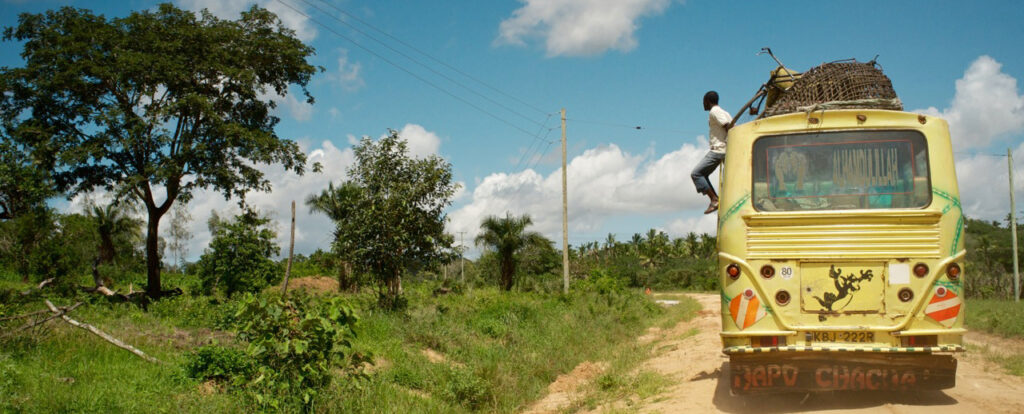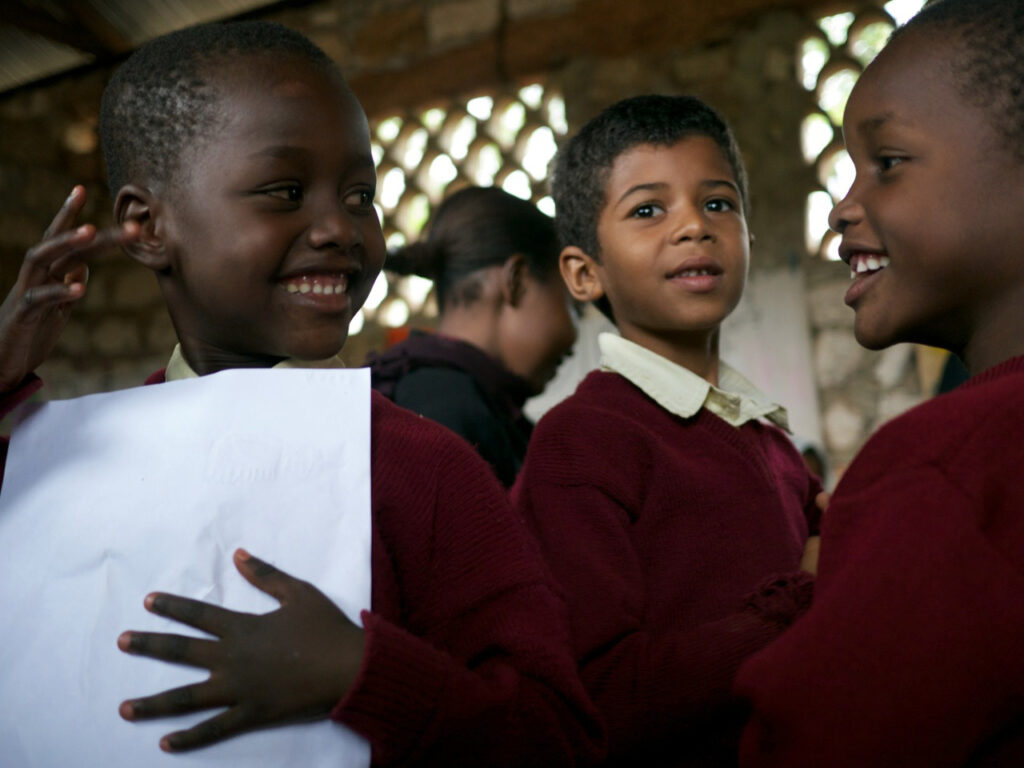Module 4: Covering community activities in the media -> Section 3: How to take an ethical photo

Have you heard a saying: ‘Pictures are worth 1,000 words’? It’s actually true. Images are one of the most powerful forms of communication, especially in journalism. Text and photos should complement each other visually, as well as in their content.
As you plan a story (about your SDG-related activity) for printed newspaper or online magazine, you have to decide which tools would best tell each part of the story. The web is a visual medium, so be sure to include some powerful photos.
Photojournalists’ challenges
However, photojournalism (document life with photographic storytelling) has become more complicated technologically and ethically. These days photojournalists face tough ethical decisions on what to shoot, what to use or when images can be altered.
The Canadian Association of Journalists states in its Ethics Guidelines that:
- Photojournalists are responsible for the integrity of their images. They will not alter images so that they mislead the public.
- They will explain in the photo caption if a photograph has been staged.
- They will also label altered images as photo illustrations.

A story with good photos has a better chance to get published in media. However, photographers and photo-editors can actively shape or even manipulate public opinion by their visual products. Especially, when the images portray vulnerable communities from low-income countries.
Have you wondered How can the photos (taken in Global South countries and published in Global North media outlets) influence people’s opinions and decision making? Check this video presentation while using critical thinking and strengthening your media and information literacy (MIL) skills.
At the end of the video you could learn more about the Code of Conduct on Images and Messages – created and published by Irish Association of Non-Governmental Development Organisations Dóchas. The Code offers a set of guidelines to assist organisations in their decision-making about which images and messages to choose in their communication while maintaining full respect for human dignity.
Using the Code of Conduct
The Code of Conduct’s guiding principles stipulate that choices of images and messages will be made based on the paramount principles of:
- Respect for the dignity of the people concerned;
- Belief in the equality of all people;
- Acceptance of the need to promote fairness, solidarity and justice.
Download and review the written Code of Conduct on Images and Messages (Code of Conduct) or its illustrated version (Illustrative Guide to the Code) and watch a video on How to use this CoC in practice.
Next, review the The Canadian Journalism Foundation article below by Carolynne Burkholder to learn more about Ethical Issues in Photojournalism (Ethical Issues in Photojournalism).
It’s your turn
After reading the article and watching the videos on the role of photos in the media, share the following information / post your comment in the discussion forum below:
- When is it legitimate to take pictures of people in private moments?
- Should photojournalists take shots of people in need or victims of humanitarian catastrophe?
- What emotions did you feel when you first saw the presented cover photos from Global South?
